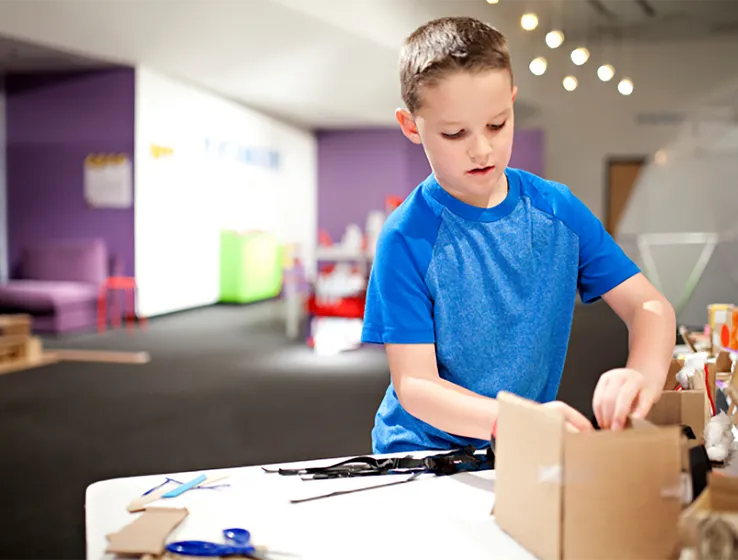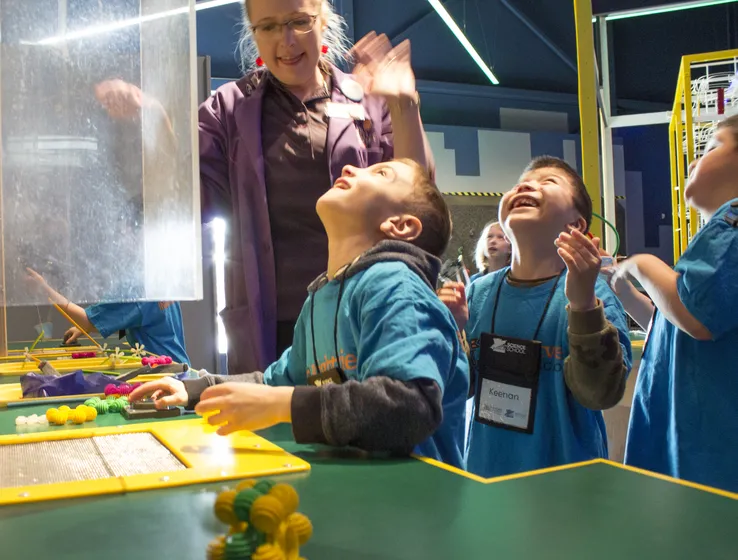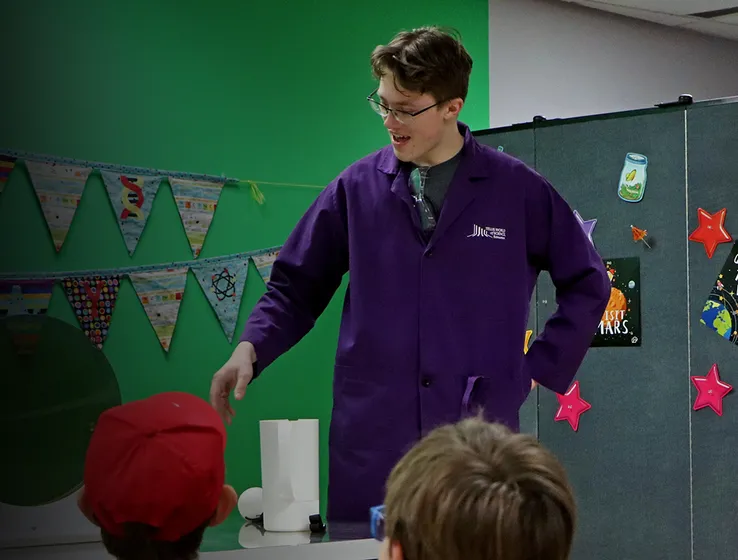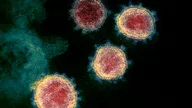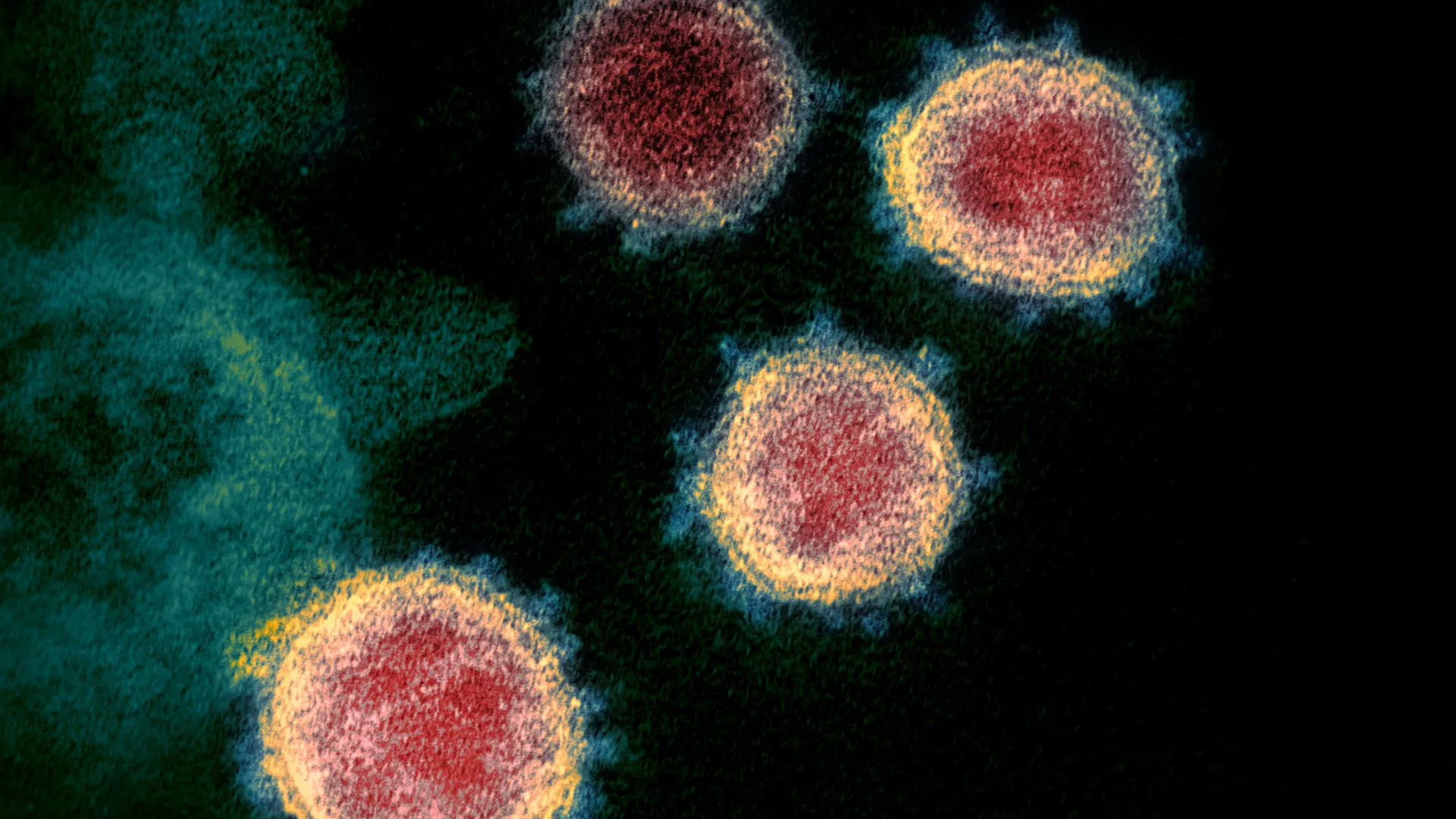What is COVID-19?
Posted:
Over the last few weeks, we’ve all heard news stories and updates about coronavirus infections. There’s a lot of information out there and what we know changes every day as scientists learn more.
Here’s some of what we know about COVID-19 so far:
What is COVID-19?
COVID-19 is caused by a virus that belongs to the coronavirus family. The coronavirus name is derived from the Latin “corona” meaning “crown” referencing the club-shaped spikes that appear to form a halo around the virus particles when viewed under an electron microscope. Coronaviruses are a large family of viruses that can cause symptoms ranging from a mild cold to more severe respiratory infections like Severe Acute Respiratory Syndrome (SARS) and Middle Eastern Respiratory Syndrome (MERS).
COVID-19 is caused by a new coronavirus not previously identified in humans. It was identified in December 2019 in Wuhan, China. The virus causing COVID-19 is genetically related but distinct from the virus that caused SARS in 2002; SARS was more deadly but less infectious than COVID-19.
The COVID-19 name comes from coronavirus disease 2019 indicating the first year that cases emerged.
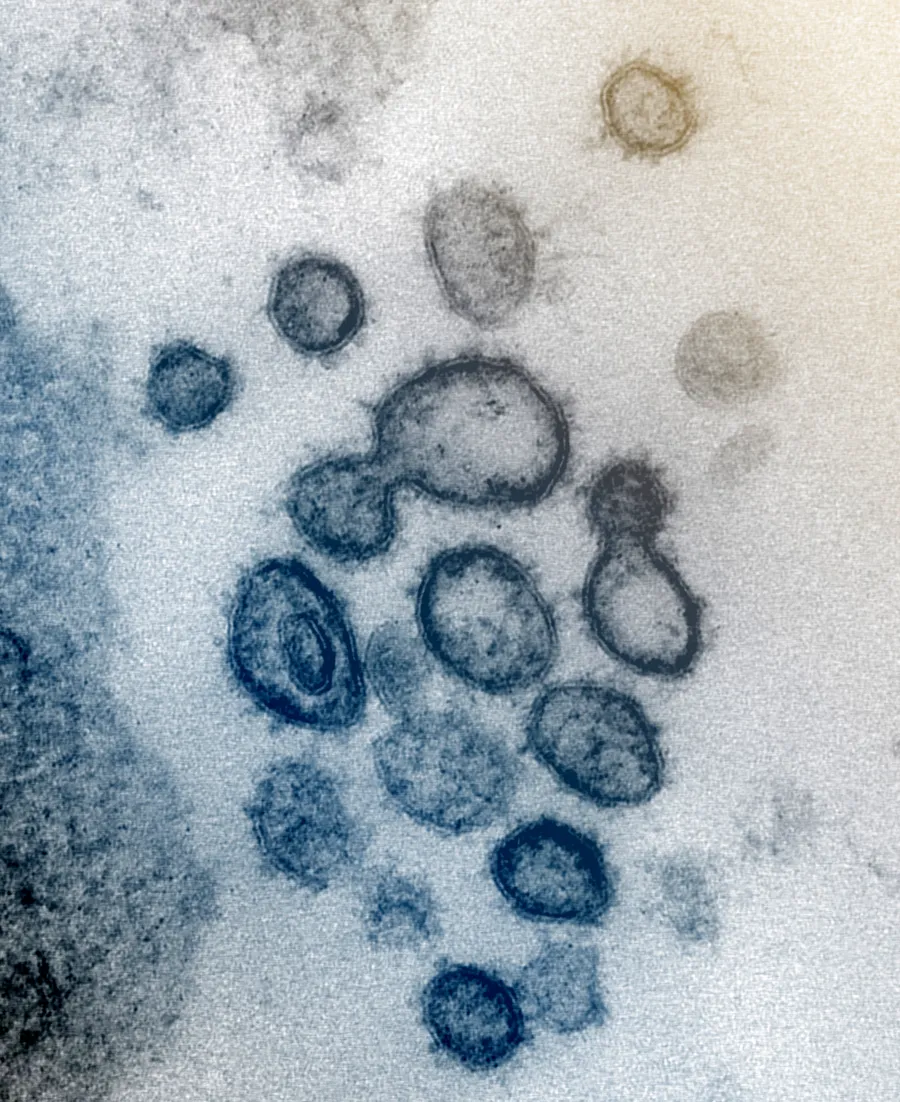
Credit: NIAID-RML
Where did it come from?
Coronaviruses circulate in a range of animals from pigs to camels to bats to cats: MERS-CoV is found in dromedary camels; SARS-CoV is found in civet cats. Sometimes the virus makes the jump to humans; this is called a spillover event. That spillover can be the result of a variety of factors, for example, urbanization might bring people into contact with animals more frequently or a virus may mutate to more readily infect humans.
At this time, it is not known what the animal host is for the COVID-19 virus.
How is it transmitted?
Generally, respiratory infections are spread when an infected person coughs or sneezes expelling droplets containing virus into the air. An uninfected person may inhale the droplets directly or touch a surface where they land and then touch their eyes, nose, or mouth.
Scientists are not certain how long the virus that causes COVID-19 survives on surfaces. However, it seems to be similar to other coronaviruses; it may last for a few hours to a few days depending on the environment (e.g., the type of surface, humidity, temperature).
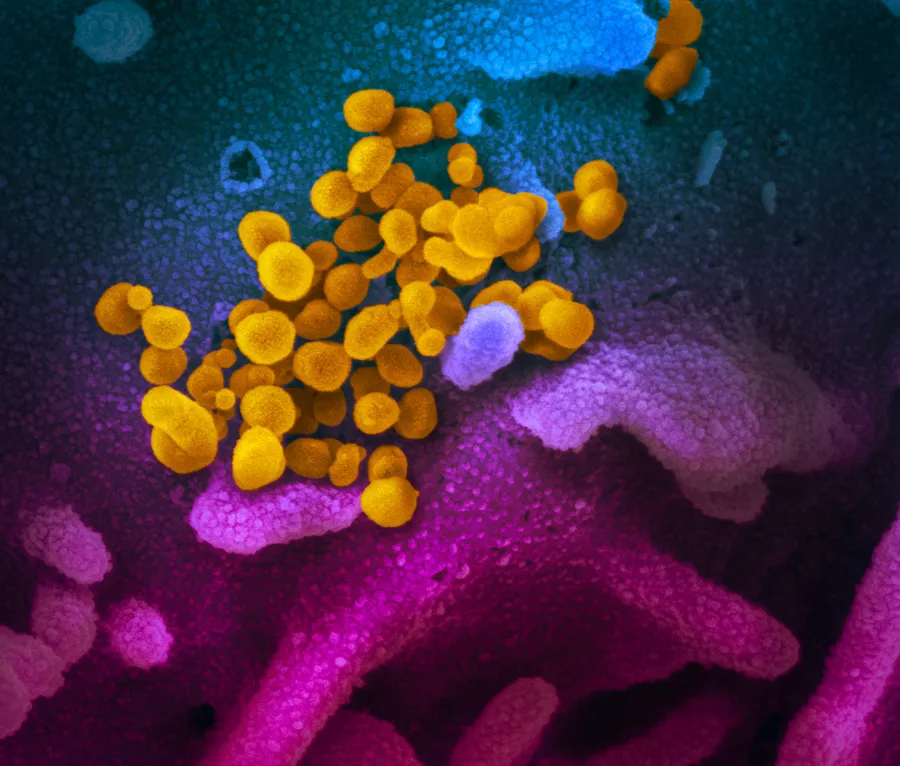
Credit: NIAID-RML
What can I do to stay safe?
Some of the most effective preventative measures are ones you can start doing right away:
- Clean your hands regularly. Hand-washing with soap and water or using 60% alcohol-based hand rubs are both effective against coronavirus. However, if your hands are visibly dirty, you should wash with soap and water.
- Avoid touching your eyes, nose, or mouth.
- Cover your mouth and nose when sneezing or coughing.
- Stay 1 meter (3 feet) away from anyone who is sick.
- Clean any surfaces that you touch frequently (e.g., counters, door handles) with simple disinfectants containing bleach.
- Continue to educate yourself about the virus. Look for updates from the following websites:
If you do feel ill particularly with symptoms like fever, cough, or shortness of breath, please call Health Link 811 for advice.
TELUS World of Science Edmonton is monitoring the situation closely through updates from Alberta Health Services as well as Health Canada and the World Health Organization. Nothing is more important than the health and safety of our guests and staff. The science centre has a very high standard of cleanliness practices, including daily disinfecting of all 'contact' surfaces (i.e., anything touched). Additionally, in response to COVID-19, we have implemented additional protocols for cleanliness that help prevent the spread of infectious diseases, including:
- Increased the number of hand sanitizing stations throughout the science centre.
- Increased the number of times per day areas are being disinfected.
- Increased communication/awareness of hand washing.
- Created science learning moments about COVID-19
We will continue to monitor ongoing developments and should we need to make any adjustments to our schedules, these will be communicated on our website and through social media.
Related Articles


Food Chain Reactions
How Climate Change is Impacting Canada's Lakes

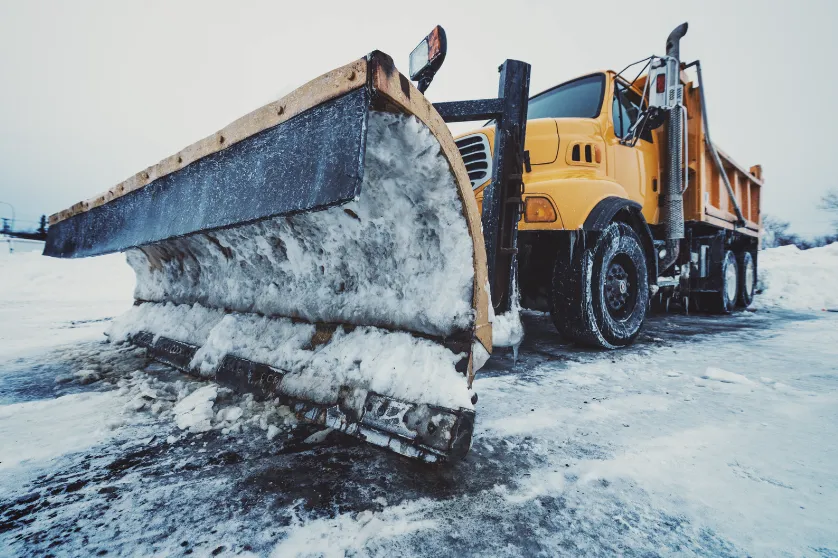
It Is Ice to See You
How Seasonal Connections Are Affected by Climate Change

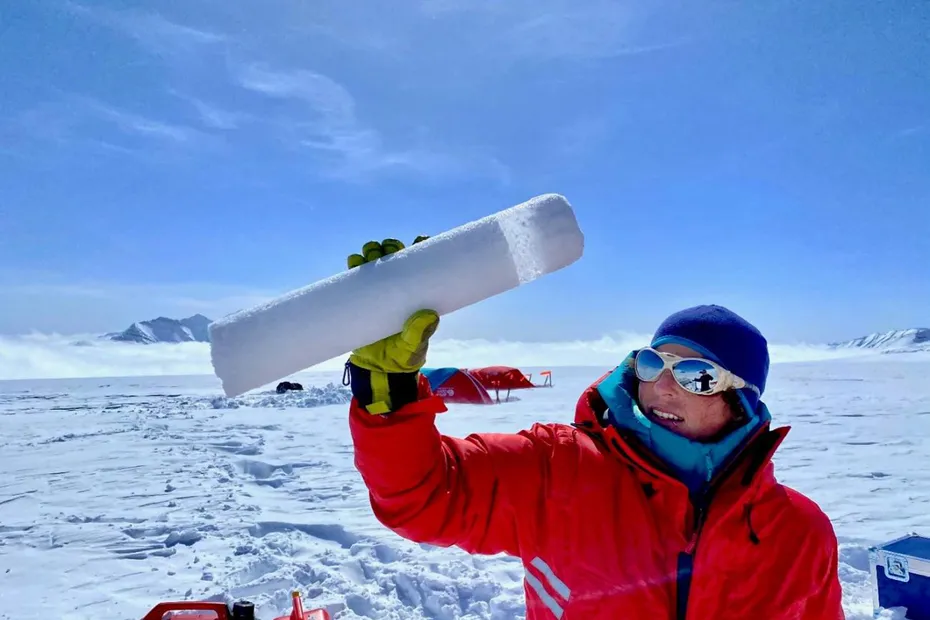
Getting to the Core of Climate Change
A Look at How Refrigerants Are Affecting Our Environment through Ice Cores
Related Articles


Food Chain Reactions
How Climate Change is Impacting Canada's Lakes


It Is Ice to See You
How Seasonal Connections Are Affected by Climate Change


Getting to the Core of Climate Change
A Look at How Refrigerants Are Affecting Our Environment through Ice Cores
